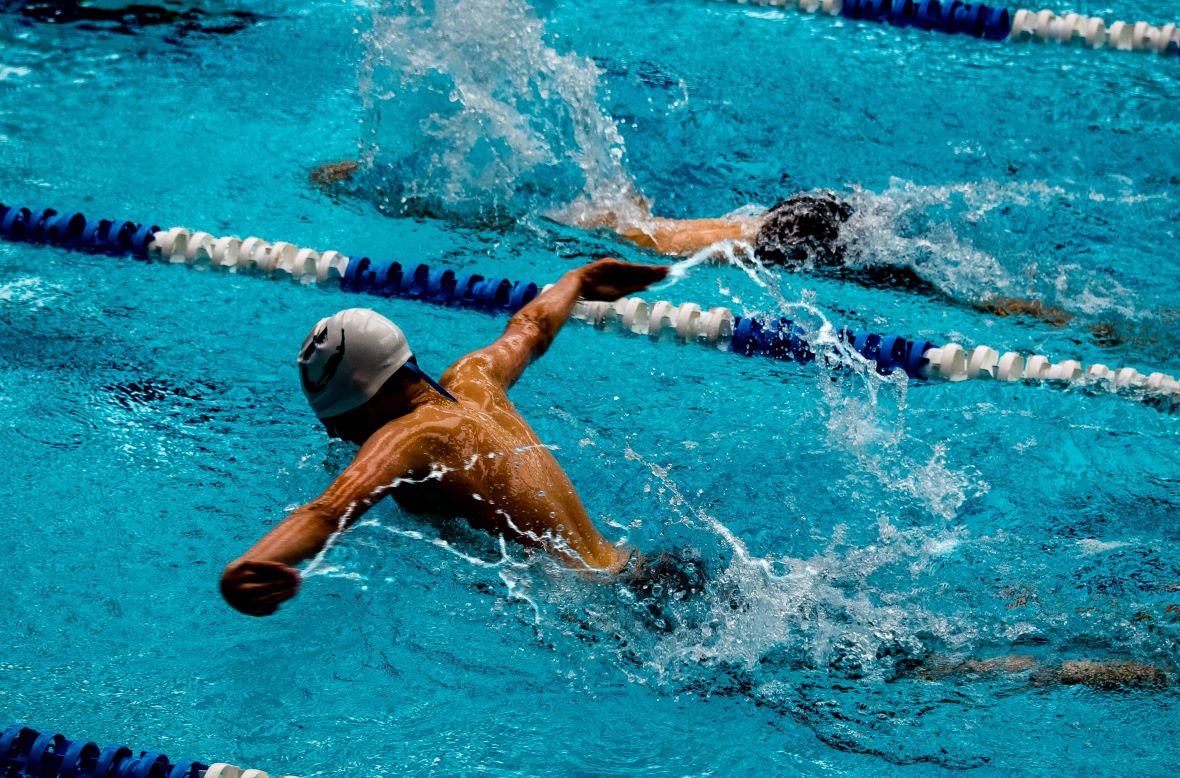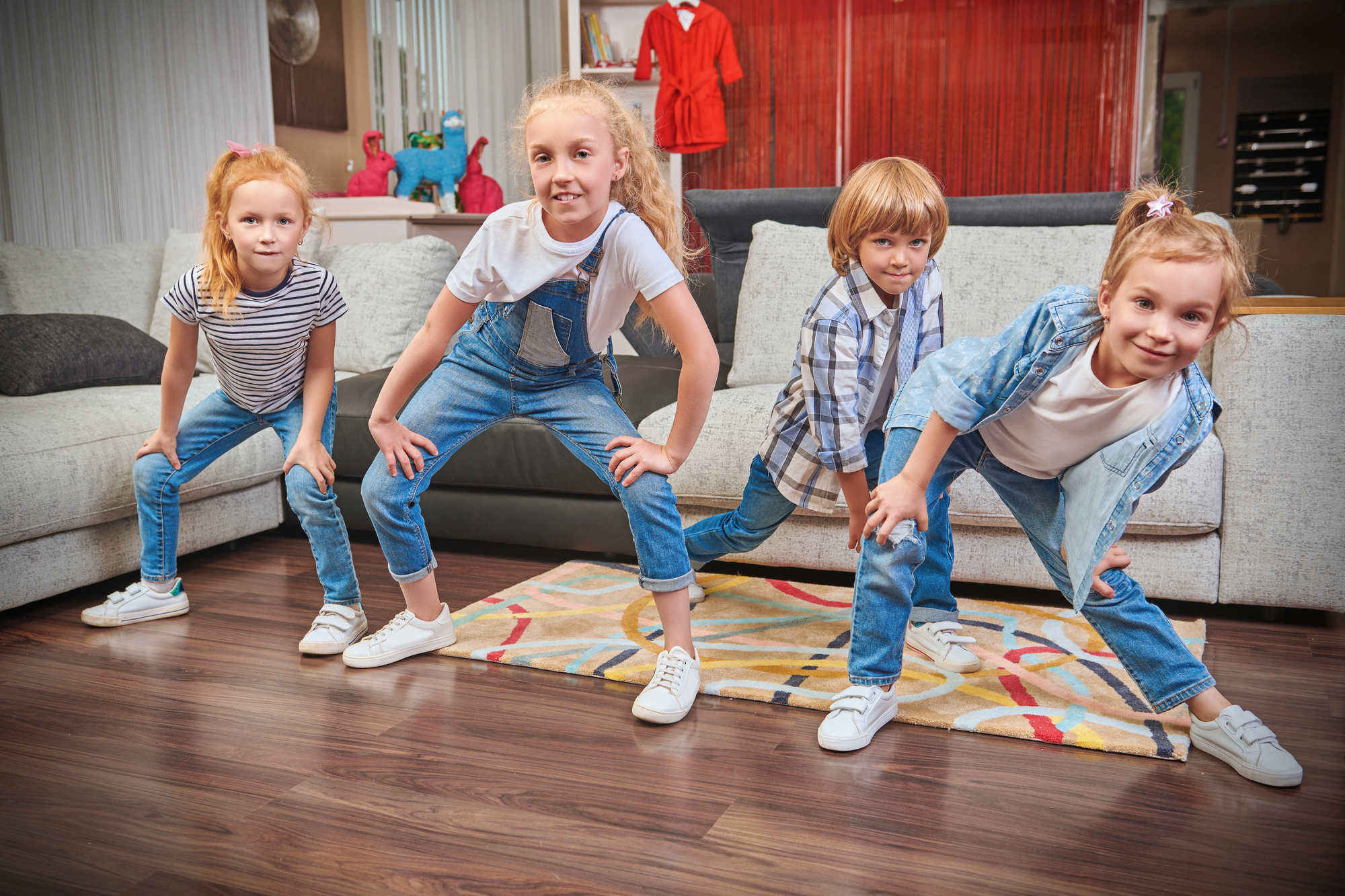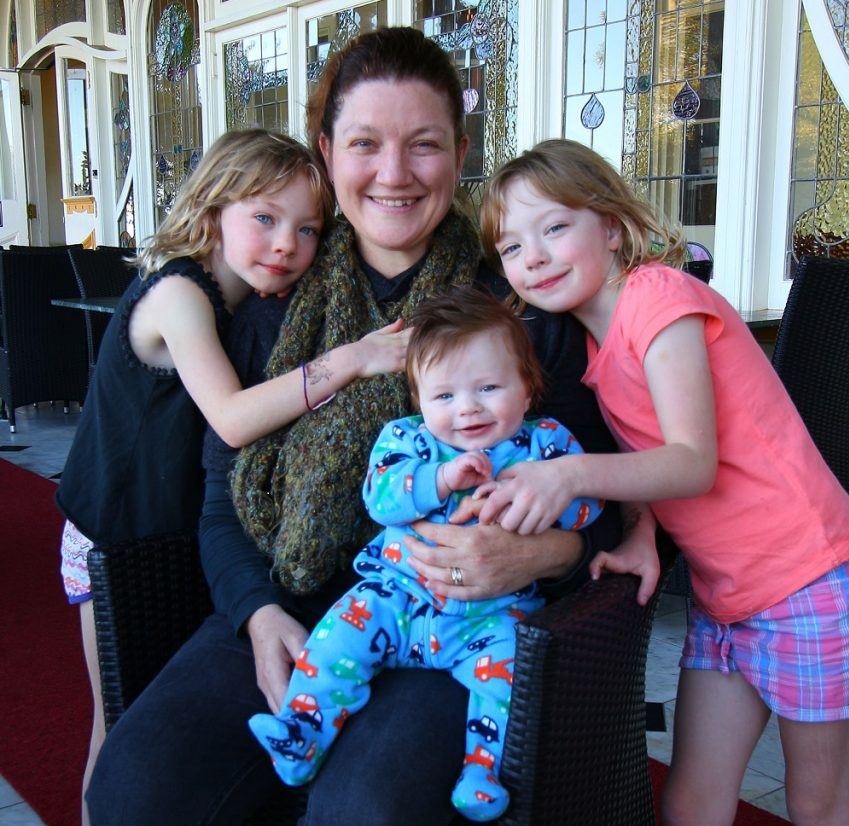Your ‘core’ is made up of the bones, joints and muscles of your trunk (eg: the ribs, the spine, the abdominals, the back muscles), your pelvic bones and the muscles in the pelvis, as well as the muscles involved in breathing. Your child’s ‘core’, if it is strong and stable, provides it with a stable base from which he or she can move their arms and legs from. Which means, that if your child has a strong and stable core, they have more change of using their arms and legs with more coordination and more strength.
How strong your child’s core is and how well they can hold their core stable will play a part in how well they can perform everyday activities such as walking, running, getting up and down off the floor, and ball skills. Your child’s core strength and stability also play a part in how well your child can sit up straight, can sit still in the classroom, and even in how coordinated they are.
Certain sporting activities can help your child to improve their core strength and stability. Here are a few of our favourites:
- Swimming: The inherent nature of being in water requires your child to use their trunk to move their body, right themselves, and keep their body out straight while swimming on their back or their front. In addition, controlling their breath will help your child to learn to control their chest and tummy muscles.
- Gymanstics: Gymanstics requires a lot of strength and stability to be able to hold positions, tumble the body around, and to balance and climb. If your child isn’t keen on gymnastics, you could also try circus training or cheer leading which have similar strength and stability requirements.
- Dancing: Similar to gymnastics, dancing requires control, coordination and strength to move in specific ways at different speeds. You can try any type of dancing, as they all require the trunk to be held with control while the dancer moves their arms and legs against their body.
- Martial Arts: A strong and stable core is so important to delivering a powerful punch or kick. Your child will be required to hold their trunk strong and still while they learn the techniques and moves, and to hold themselves steady when following sequences of moves or moving around the floor.
- Horse riding: When riding a horse, your child will need to keep their trunk still and upright on a moving base (the horse). Your child will also need to adjust their body with control in response to the horse’s movements. Both of these movements will enhance your child’s core strength and stability.
Give one of these sports a try if you would like to improve your child’s core strength and stability. The best sport for your child will be the sport that they enjoy doing – because if they enjoy it, they will practice it, which is what allows them to improve their core strength and stability.
If you are concerned about your child’s core strength and stability, or you think that their core strength or stability is impacting on their development, it will be beneficial to seek out an assessment from a physiotherapist or occupational therapist experienced with children.
You may also like to read:








